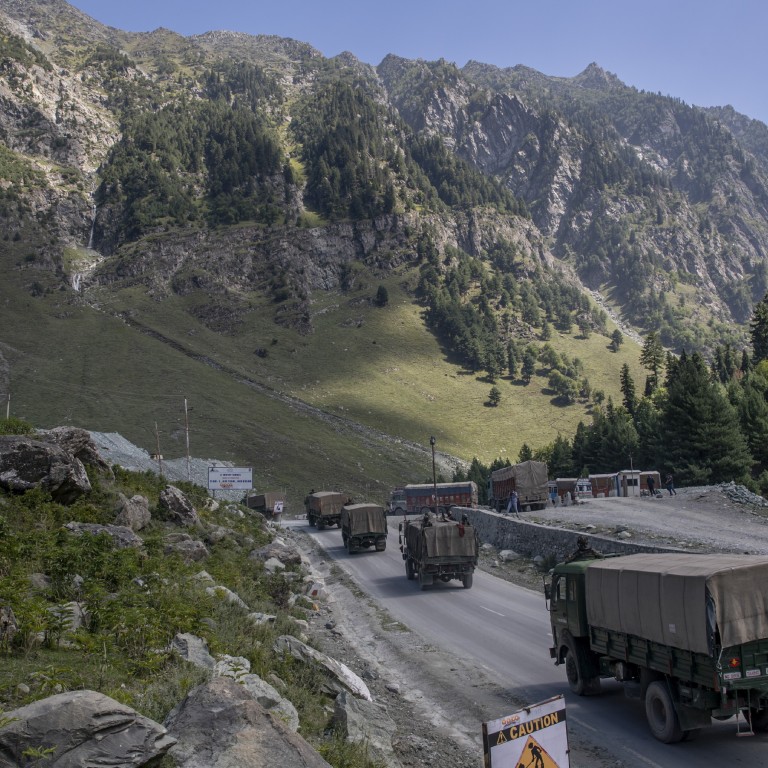
Explainer | How could a US-India intelligence deal affect China?
- Washington has agreed to give New Delhi access to some of its world-leading technology that analyses human activities such as troop movements
- The agreement comes as tensions continue to simmer on the China-India border in the Himalayas
What is the agreement?
The agreement paves the way for an exchange of sophisticated imaging data between the Indian and American armed forces and governments.
It will give India access to US aerial data and analysis of human activities on the ground as well as intelligence on aircraft movements and hydrographic information – among other kinds of data.
It would also give India access to much higher quality military-grade GPS navigation signals as well as equipment from the US for its ground, air and naval forces.
American technology in this area leads the world and the agreement gives Indian troops the chance to improve their expertise through specialist US guidance and training.
How could this affect the border dispute?
The intelligence will give the Indian armed forces a faster and deeper understanding of major movements by China’s People’s Liberation Army.
Information from US-made warplanes and drones, like the Apache and Chinook helicopters, could also improve navigation guidance for weapons systems.
This could increase the accuracy of Indian missiles, either short-range cruise missiles or the strategic long-range missiles, posing a much bigger threat to targets in China.
Access to the US intelligence could reduce India’s reliance on forward deployed troops to gather information in the harsh environment of the Himalayas, allowing it to cut personnel numbers in the area.
In the long term, India might be able to upgrade its arms into a digital weapons system compatible with the US – although this could be difficult because India is still heavily reliant on Russian arms.

